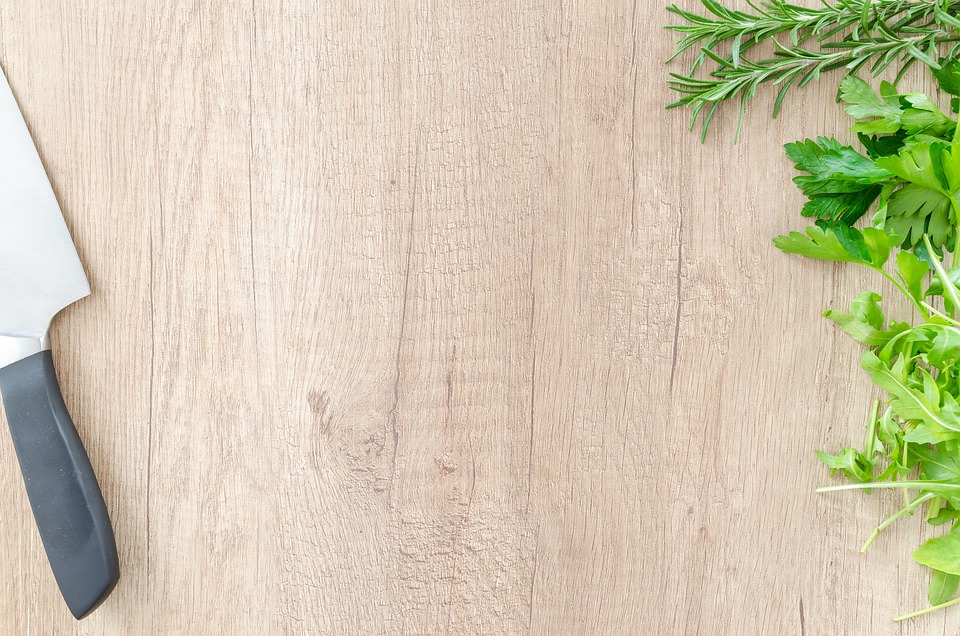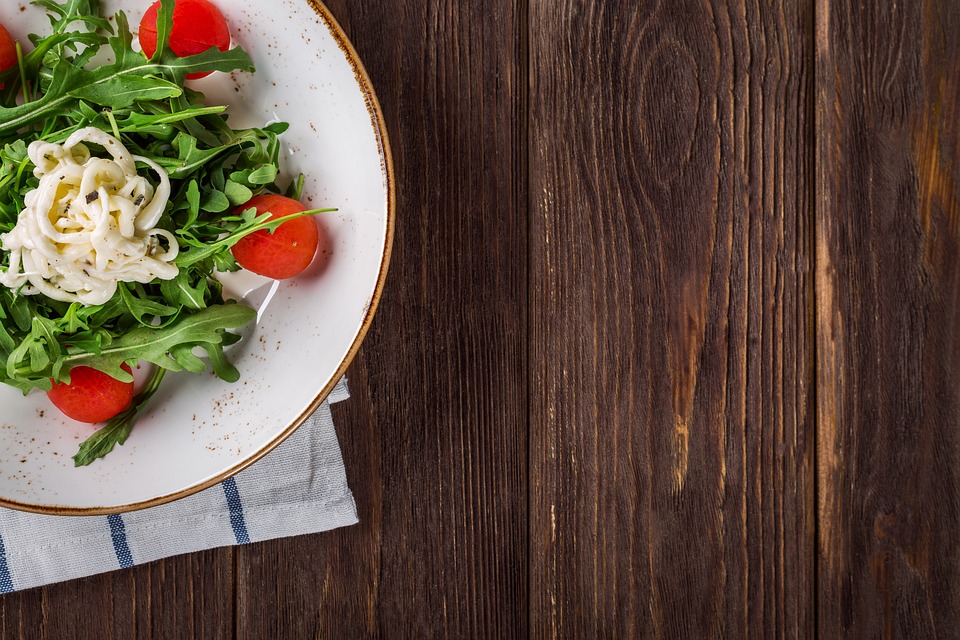
Diabetic Cooking – Tips to help learn how to cook this healthy lifestyle called Diabetic Diet
Many newly diagnosed diabetics, pre-diabetics, and even long-term diabetics dread the idea of learning about diabetic cooking, believing they are facing years of boring, unsatisfying meals that will take a great deal of the fun out of their lives. Unfortunately, many people who have had diabetes for years actually lead boring and unsatisfying food lives and they enjoy their food much less than they did before their diagnosis. The good news is that they can eat fun and exciting food, spicy food, delicious food and they can recapture the joy of eating really satisfying food along with knowing that their diabetic diet is also a healthy diet that everyone, diabetic or not, should eat.
It will take some effort and some experimentation. You’ll have to learn some new things, do some research, and you’ll have to be willing to spend some time in the kitchen experimenting with recipes and tasting the results as you figure out what you like and what works for you. But you can absolutely eat well despite diabetes for years to come.
Now with over 29 million diabetics and so many creative and generous talents, you’ll find an incredible amount of resources such as ingredients, recipes, tips, and support available. These talented chefs have taken on the challenge of making food that is good for diabetics, and food that people really want to eat. There is even an entire magazine dedicated to diabetic cooking called, unsurprisingly, Diabetic Cooking. Diabetic cooking classes are also available, some of which are free.
Here are some basics of diabetic cooking:
- First, you’ll avoid simple sugars, fats, sodium, and carbohydrates that release glucose quickly. You include plenty of fresh fruits, fresh vegetables, whole grains, lean meats, and more fish.
- Second, because of the risk of serious complications, including heart and kidney problems, you eat a heart-healthy diet, which is lower in saturated fat and dietary cholesterol and, most importantly, low in sodium.
- Third, you are eating an appropriate number of calories and limiting your portion sizes. Obesity increases the risk of developing diabetes in the first place and can bring other health problems with it. If you are obese, losing weight can help prevent prediabetes from developing into diabetes.
- Fourth, you are trying to keep your blood glucose level in a tight, healthy range throughout the day. Therefore, you will want to eat foods that release glucose slowly (i.e. foods with a low glycemic index). You also eat smaller portions more frequently. Some diabetics eat four or even six small meals each day. or three regular meals and frequent snacks. You also make efforts to follow a consistent eating schedule, eating at the same times each day.
Start by reducing or eliminating the amount of sugar and salt in the recipe. Learn to substitute herbs, spices and other flavorings instead. Choose fresh or frozen foods (without added salt) over canned foods, which are high in sodium and can be high in sugars, too.
Today, there are more sugar- and salt-free ingredients like seasoning available. These tips will help you make diabetic cooking easier, tasty, and healthier while on a diabetic diet.
